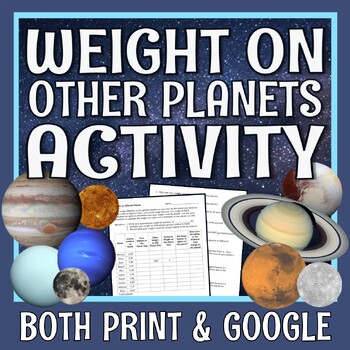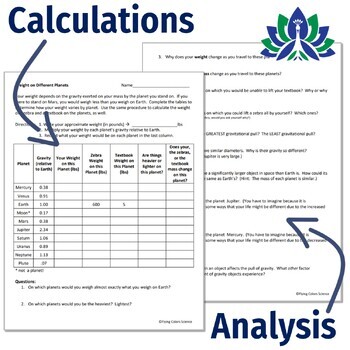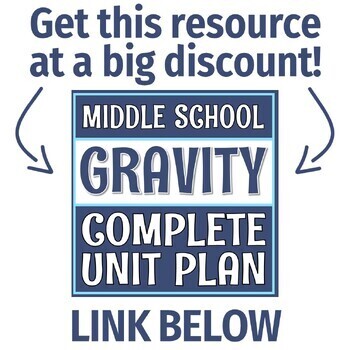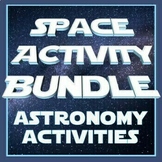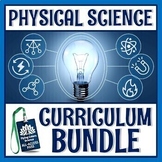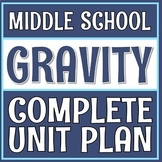Weight On Different Planets Space Gravity Activity Worksheet MS-PS2-5 MS-PS2-4
- PDF
- Google Apps™
- Easel Activity

What educators are saying
Also included in
- Save more than 35% off list prices! Includes 10 high-interest activities on the universe, sun, gravity, solar system, galaxies, and astronauts. These space lessons are designed to add FUN and RIGOR to an existing astronomy unit! BUNDLE INCLUDES the Following:Galaxy Types Classification Activity (wPrice $19.99Original Price $31.43Save $11.44
- Never search for "something to do tomorrow" ever again! This bundle contains PRINT AND GO lessons, NO PREP activities, LOW PREP labs, and ENGAGING articles to supplement and thoroughly enhance an Earth and space science course. Every included resource is easy to implement, standards-based, and high-Price $399.99Original Price $639.06Save $239.07
- Never search for "something to do tomorrow" ever again! This bundle contains PRINT AND GO lessons, NO PREP activities, LOW PREP labs, and ENGAGING articles to supplement and thoroughly enhance a physical science course. Every included resource is easy to implement, standards-based, and high-quality.Price $399.99Original Price $671.34Save $271.35
- SAVE 50% OFF LIST PRICES! This complete gravity unit focuses ONLY ON GRAVITY and includes 8 high-quality lessons to teach and assess gravity at the middle school level! The included gravity activities are both engaging and rigorous. Plus, all included resources have both print and digital options tPrice $19.00Original Price $38.20Save $19.20
Description
Give middle school students a better understanding of their relative weight on different planets as they have fun finding out how heavy or how light they would be elsewhere in the solar system!
Includes PRINT and GOOGLE SLIDES versions!
⭐ Get this resource at a HUGE discount in our done-for-you Gravity Unit!
This worksheet has students take either their own weight (or another weight of their choosing) and use it to calculate their weight on other planets in our solar system and the moon. (The calculation is a simple single multiplication, with an example provided.) They also calculate the weight of a zebra and a textbook on the other planets. There are then 12 follow-up analysis questions.
Teacher Notes:
- This resource includes Pluto for nostalgia's sake.
- Answer key is included.
- This document is not editable.
- Related NGSS Standards: MS-PS2-5, MS-ESS1-2, MS-PS2-4
- NGSS Science & Engineering Practice: Using mathematics and computational thinking
⭐⭐⭐ Click here to get 5 FREE EARTH & SPACE SCIENCE lessons! ⭐⭐⭐

